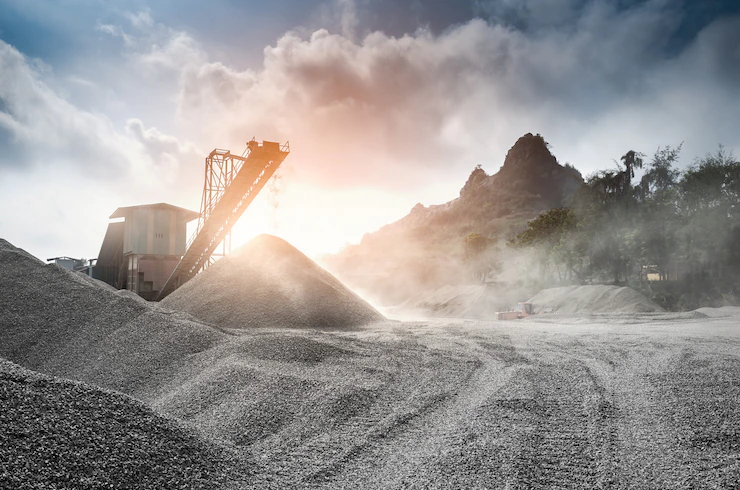
Strategic mine planning involves a lot of different things. You need to ensure that you have the right equipment and supplies, but you also need to consider other aspects.
Are you a mine company manager and owner looking for help with your strategic mine planning needs?
Here Are Some Tips On Strategic Mine Planning:

1. Objectives Should Be Communicated Clearly
To ensure that all parties are on the same page and know what they’re working toward, it’s essential to communicate your objectives. This means:
- The overall business objective of the project;
- The specific goals of each team member’s role in achieving that business objective; and
- The specific deliverables for each team member related to their roles in achieving those goals (a key deliverable is most often an output from another department).
2. Selecting The Appropriate Pit Size Can Significantly Improve Project Value
Pit size selection is an important part of strategic mine planning. Pit size should be selected based on several factors such as:
- Resource characteristics (e.g., ore type, grade, and bulk density);
- Plant capacity and equipment availability; and
- Orebody geometry, i.e., the amount of waste rock available to support the process plant (i.e., slimes dams).
3. Strategic Mine Planning Is An Iterative Process
To create a strategic plan for your mine, you’ll need to start with an understanding of the organization’s mission and vision. You can use these in conjunction with the SWOT analysis (strengths, weaknesses, opportunities, and threats) to establish a path forward and identify areas where improvement is necessary.
The next step will be identifying goals, which should be SMART (specific, measurable, attainable, relevant, and time-bound).
Once this has been done, take some time to examine what resources are available at hand and how they can be used effectively before moving into developing action plans for each goal identified earlier on.
This gives clarity as well as direction on how best to achieve those goals while keeping track of any changes that may occur along the way by conducting regular reviews at regular intervals – say quarterly or half-yearly – depending on how often it makes sense, given existing circumstances.
Strategic mine planning is an important exercise in your business, but it can be challenging to determine whether you’re on the right track.
- Strategic mine planning is an iterative process. Don’t expect to get it right on your first try—moving from one strategy to another takes time and effort. Take care not to rush through this process, and make sure your teams are comfortable with each step before moving on to the next one.
- Strategic mine planning should be ongoing, rather than just a single event at the beginning of a project or product cycle. You want everyone involved in this process set up for success as early as possible, so ensure everyone has access to all relevant information throughout their workdays without too much clutter or pressure weighing them down.
4. Plant Throughput And Metal Recovery Trade-Offs Should Be Assessed
The relationship between plant throughput and metal recovery is one of the most important considerations in strategic mine planning, besides other important commitments. It’s generally accepted that a plant with higher throughput will have a greater amount of metal recovered over time, with the inverse being true as well.
Nonetheless, there are other factors to consider when looking at this trade-off:
- What is your target metal recovery? If you want to recover 80% of the ore, you need to run your milling circuit at maximum capacity and hope it doesn’t reach capacity retention limits too quickly. This would result in lower quantities of material going through each stage of the process than if you were trying just to keep up with capacity retention limits. In other words: You need more throughput (at higher speeds) but less throughput per unit time for optimal results.
- What kind of concentrates are you producing? Are they coarse or fine (i.e., does their particle size vary widely)? The answer depends on what types of minerals are present within them (elements like gold can be found anywhere from very fine particles up to large boulders). Suppose your concentrates contain mostly large particles and only one type of mineral-like gold. In that case, it’s probably easier for machines like crushers and ball mills because they don’t have many different materials inside them—making them easier on equipment wear rates and operator safety concerns.
- What kind of tailings do you plan on? Will they contain any heavy metals or other toxic substances which could negatively impact soil quality?
Conclusion
Mining operations can be complex, but strategic planning can make all the difference for your project. Planning is essential to success. It’s an iterative process that requires ongoing communication and collaboration with your team. Keep in mind the tips mentioned above for a head starts on successful strategic mine planning.
Read Also:




























